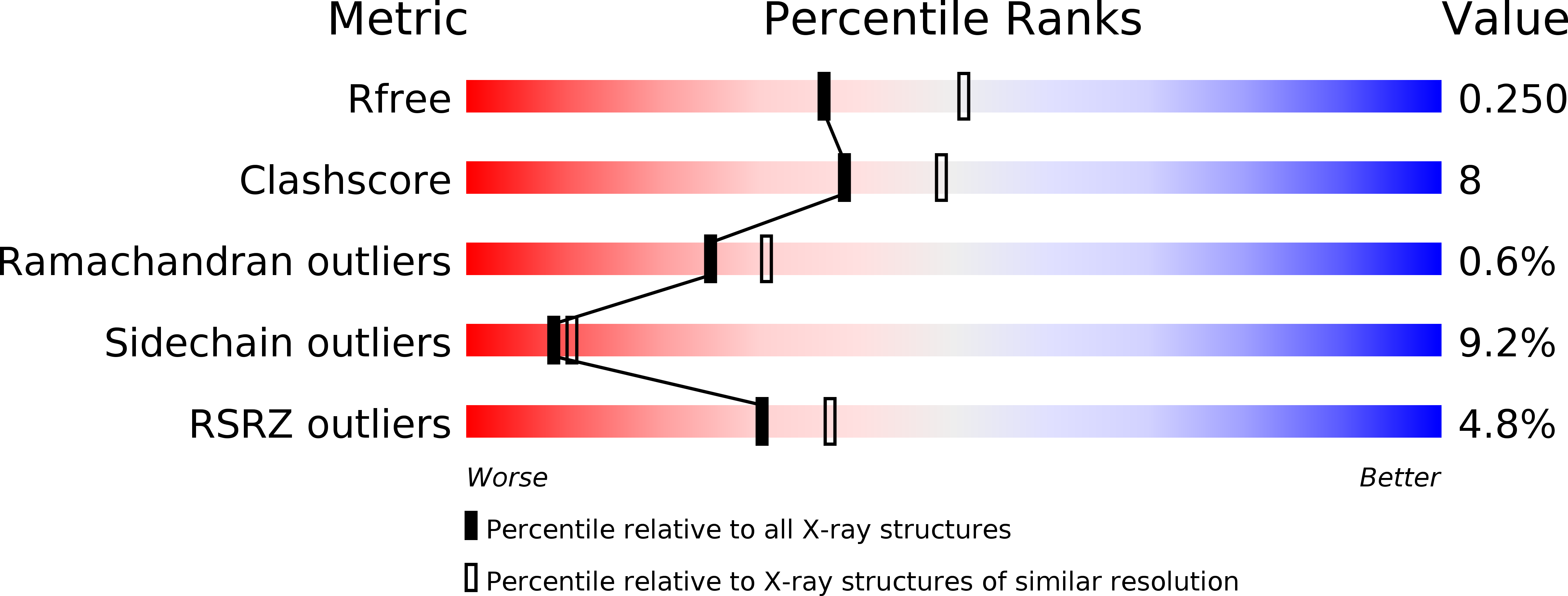
Deposition Date
2004-12-20
Release Date
2005-04-14
Last Version Date
2023-12-13
Entry Detail
PDB ID:
2BGC
Keywords:
Title:
PrfA-G145S, a constitutive active mutant of the Transcriptional Regulator In L.monocytogenes
Biological Source:
Source Organism:
LISTERIA MONOCYTOGENES (Taxon ID: 169963)
Host Organism:
Method Details:
Experimental Method:
Resolution:
2.30 Å
R-Value Free:
0.26
R-Value Work:
0.19
R-Value Observed:
0.19
Space Group:
C 1 2 1


